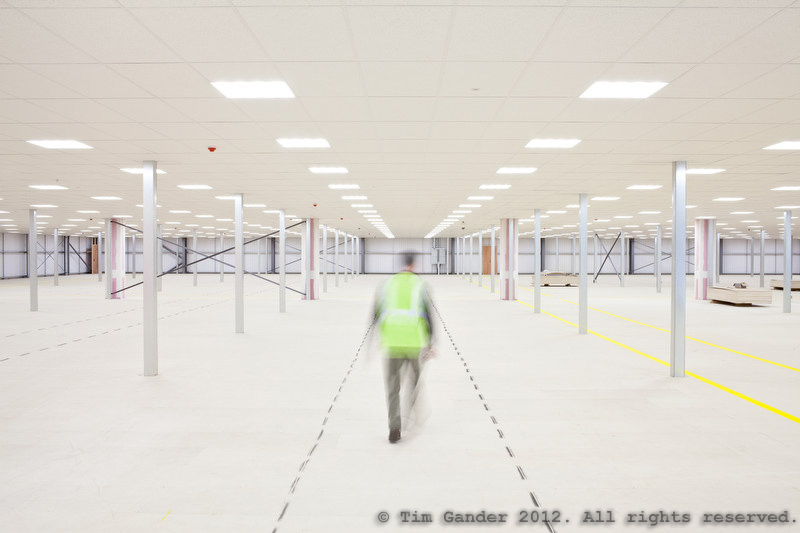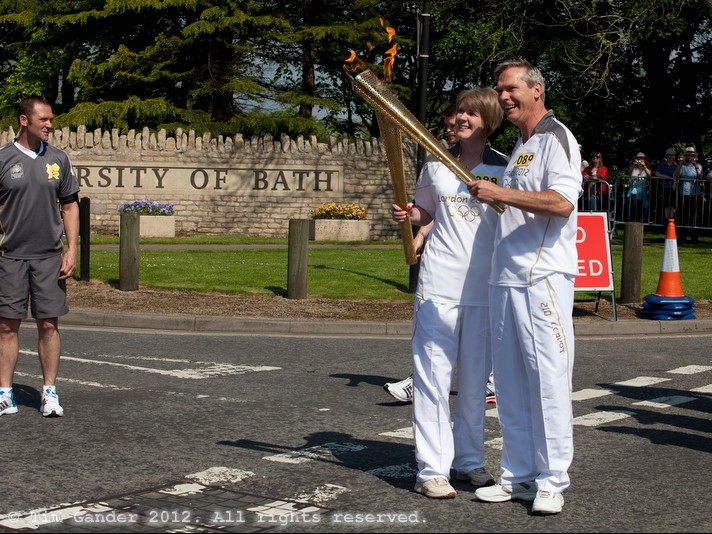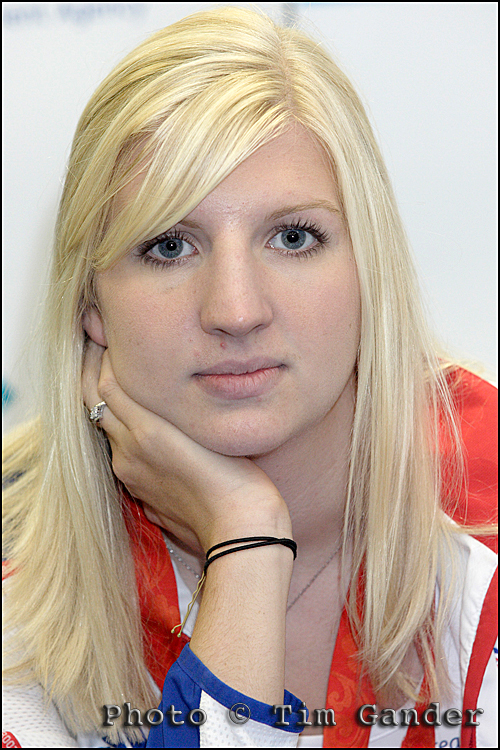Surprise, surprise! It turns out that phone hacking at the News of the World (aka The Screws) might just have been a tad more widespread than was previously admitted.
Now they’re offering compensation and all sorts, presumably because having already had a Royal correspondent jailed and two more senior staff arrested in connection with phone hacking allegations, senior executives may be getting a little edgy at the thought of the police investigation working higher up the chain of command.
Even executives who are no longer in the roles they were in at the height of the phone-hacking period might be getting nervous over this, because it’s a fair bet that one or two, such as former managing editor Stuart Kuttner, would have been signing off expenses for third-party phone hacking services when the practice was rife.
Of course the likes of Kuttner may not have known what they were signing off. Maybe the receipts were put through as general investigative expenses, but it has to be worth asking whether executives above editor level would have been ignorant of the nature of the expenses they were scrutinizing.
At this stage it’s only fair I point out the rather dull axe I have to grind in all this. Between (circa) 1997-8 and 2001 I was a freelance photographer for The Screws, and dedicated about 18 months of that time working 4 days a week exclusively for them.
However by late 2000 I was getting increasingly worn down by the long hours, the pointless errands and being sent to distant places to do silly jobs with no story worth reporting. That year I missed the birth of my son because I was chasing a story in France. It wasn’t the picture desk’s fault that I missed the arrival of my son. I’d opted to stay on in France to see the job through, and my son had arrived unexpectedly early, but when things turned terminally sour between myself and the paper, I was dismayed when I was told I wasn’t “a team player.” That actual phrase was used, and it stuck with me because I’d done more than miss the birth of my only son for that paper.
I’d pulled double shifts when the desk couldn’t get cover, having to spend nights in my car on more than one occasion, without sleep or comfort break waiting for some Z-list celebrity to show up. All for the princely sum of £128 (£145 for a Saturday shift woohoo!). Often the shift fee was equivalent to about £10 per hour. Ok, I’d opted to work for The Screws, but that lesson is well learned now.
On a few occasions I’d turned some insane reporter’s nonsense story into a useable scoop just by being diligent and intelligent. Clearly this also made me “not a team player.”
What finally finished my time with The Screws was when I’d tried repeatedly, and failed, to get paid the expenses I was owed. Mostly mileage.
The thing was, at the time I was working for The Screws, I was living in Portsmouth but having to drive to Wapping most of the 4 days a week. Starting at 6:30am, I’d get to the picture desk for 10, be sent on that day’s wild goose chase (pun intended) and probably get home again some 12 hours later. The reason for the insane commute was that when I started working for them, most stories I covered were in the Hampshire, Wiltshire, West Sussex region. Then they went all celebrity-led and all the “stories” were suddenly in London.
Now management knew where I lived, and it wasn’t as if the mileage rate they paid was generous, even when petrol was somewhat cheaper than it is now. But every month I would submit my invoice, including mileage, and every month a cheque would arrive for the invoice amount, less 8%.
Eventually I gave up asking nicely for what I was owed and threatened legal action. The amount outstanding was in the thousands, and I could no longer afford to work for them. The effect of the letter I sent was instant, and my time at The Screws was over. I was scared and relieved.
And who was it that was taking a scalpel to my invoices? None other than Stuart Kuttner. He must have assumed I was on the fiddle to the tune of precisely 8% every single month, but I never did receive an explanation. I did get my money in the end, but never an explanation.
While I worked at the News of the World, I had the honour and privilege of working with some of the best photographers and reporters in the industry. Unfortunately there were also reporters who clearly had substance and honesty issues. There’s no point me naming the bad apples because this was all a decade ago now, and I can’t even recall their names and nor do I care what happened to them, though I do sympathise with any of the talented people who might still be there.
Addendum: Senior reporter James Weatherup was added to the list of arrested journalists today. As yet, those three most recently arrested have not been charged.
Addendum II, This time it’s personal: Former Managing Editor, Stuart Kuttner, has been arrested, questioned and released on bail regarding allegations of making payments to police for information and on charges of phone hacking.



























